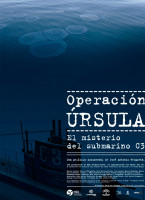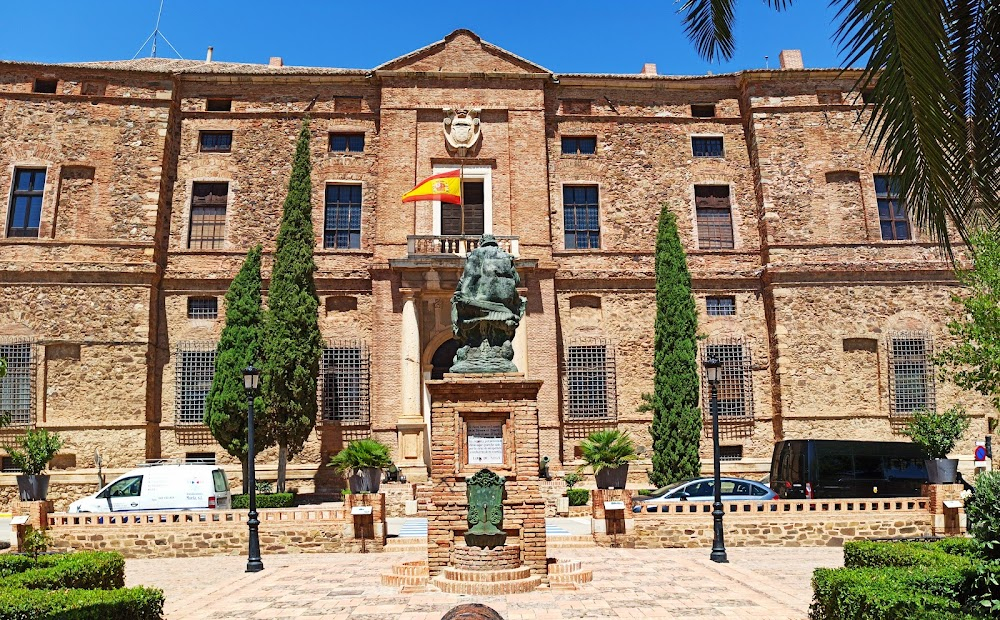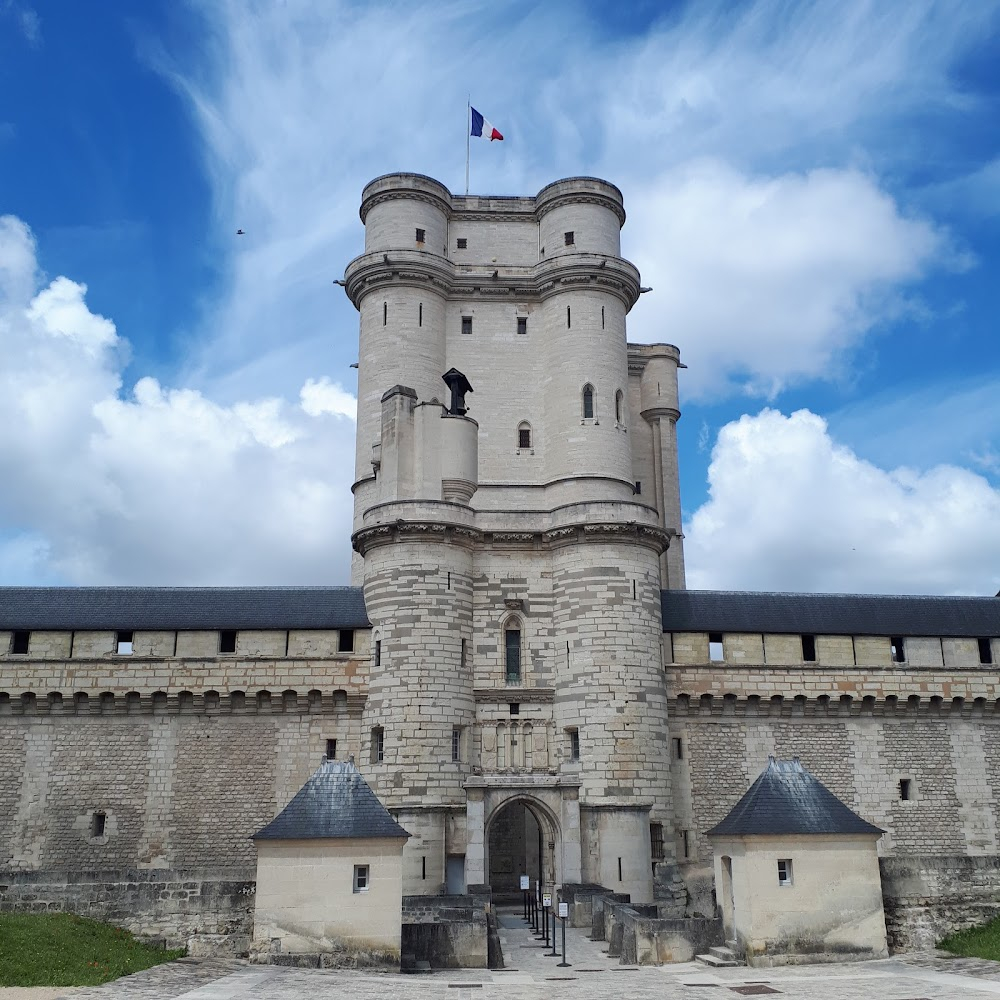Operación Úrsula (El misterio del submarino C-3) Filming Locations
Operación Úrsula (El misterio del submarino C-3) Filming Locations
Málaga is a port city on southern Spain’s Costa del Sol, known for its high-rise hotels and resorts jutting up from yellow-sand beaches. Looming over that modern skyline are the city’s 2 massive hilltop citadels, the Alcazaba and ruined Gibralfaro, remnants of Moorish rule. The city's soaring Renaissance cathedral is nicknamed La Manquita ("one-armed lady") because one of its towers was curiously left unbuilt.
Madrid, Spain's central capital, is a city of elegant boulevards and expansive, manicured parks such as the Buen Retiro. It’s renowned for its rich repositories of European art, including the Prado Museum’s works by Goya, Velázquez and other Spanish masters. The heart of old Hapsburg Madrid is the portico-lined Plaza Mayor, and nearby is the baroque Royal Palace and Armory, displaying historic weaponry.
Cartagena is a port city and naval base in the Murcia region of southeast Spain. Founded by the Carthaginians around 220 B.C., the city boomed during the Roman period. Among its many Roman ruins are a 1st-century B.C. theater and Casa de la Fortuna, a villa with murals and mosaics. The Muralla Púnica (Punic Wall) interpretation center houses the remains of a 3rd-century B.C. defensive wall.
Viso del Marqués is a municipality located in the province of Ciudad Real, Castile-La Mancha, Spain. According to the 2014 census, The municipality has a population of 2,578 inhabitants.
Cádiz is an ancient port city in the Andalucia region of southwestern Spain. The home of the Spanish Navy, the port boomed in the 16th-century as a base for exploration and trade. It has more than 100 watchtowers, including the iconic Torre Tavira, which was traditionally used for spotting ships. On the waterfront is the domed, 18th-century Cádiz Cathedral, featuring baroque and neoclassical elements.
Ceuta is an autonomous city of Spain on the North African coast. Bordered by Morocco, it lies along the boundary between the Mediterranean Sea and the Atlantic Ocean.
Cuxhaven is a seaside town on Germany’s North Sea coast. Brightly colored shelters dot its sandy beach. The Kugelbake, a wooden navigational tower, stands at the mouth of the Elbe River. The UNESCO World Heritage Wadden Sea Visitor Centre Cuxhaven has a nature trail and exhibits on the area’s tidal flats and wildlife. The port is a gateway to the nearby tidal island of Neuwerk and the small Heligoland archipelago.
Freiburg im Breisgau, a vibrant university city in southwest Germany’s Black Forest, is known for its temperate climate and reconstructed medieval old town, crisscrossed by picturesque brooks (bächle). In the surrounding highlands, hiking destination Schlossberg hill is linked to Freiburg by a funicular. With a dramatic 116m spire, the Gothic cathedral Freiburg Minster towers over the central square Münsterplatz.
Kiel is a port city on Germany’s Baltic Sea coast. In the old town, the rebuilt, medieval St. Nikolai Church hosts classical concerts. Holstenstrasse and Dänische Strasse are streets lined with shops. Along the Kiel Fjord, the Maritime Museum displays model ships and nautical instruments in a former fish auction hall. Cruise ships dock at the Ostseekai Terminal in Germania Harbor.
Germany is a Western European country with a landscape of forests, rivers, mountain ranges and North Sea beaches. It has over 2 millennia of history. Berlin, its capital, is home to art and nightlife scenes, the Brandenburg Gate and many sites relating to WWII. Munich is known for its Oktoberfest and beer halls, including the 16th-century Hofbräuhaus. Frankfurt, with its skyscrapers, houses the European Central Bank.
Morocco, a North African country bordering the Atlantic Ocean and Mediterranean Sea, is distinguished by its Berber, Arabian and European cultural influences. Marrakesh’s medina, a mazelike medieval quarter, offers entertainment in its Djemaa el-Fna square and souks (marketplaces) selling ceramics, jewelry and metal lanterns. The capital Rabat’s Kasbah of the Udayas is a 12th-century royal fort overlooking the water.
Spain, a country on Europe’s Iberian Peninsula, includes 17 autonomous regions with diverse geography and cultures. Capital city Madrid is home to the Royal Palace and Prado museum, housing works by European masters. Segovia has a medieval castle (the Alcázar) and an intact Roman aqueduct. Catalonia’s capital, Barcelona, is defined by Antoni Gaudí’s whimsical modernist landmarks like the Sagrada Família church.
Operación Úrsula (El misterio del submarino C-3) (2006)
A missing submarine in Spanish Civil War leads to the first German Navy operation before WW2. Republican submarine C-3 was the victim of international secrecy and intrigues, after a torpedo from U-34 sunk it on December 12th 1936.


